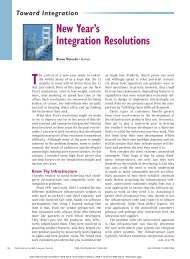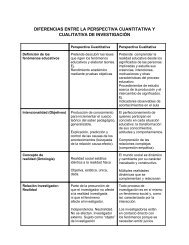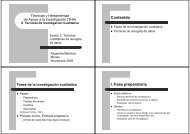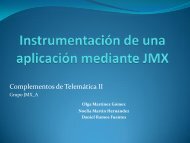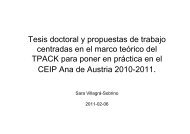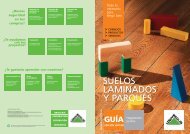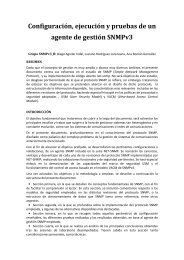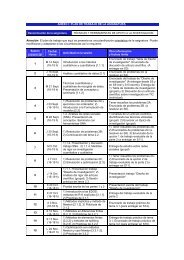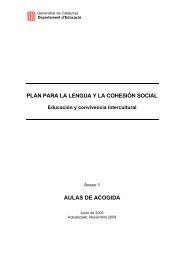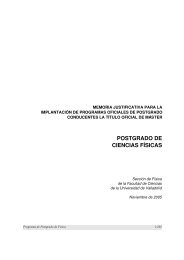Research Questions and Hypotheses
Research Questions and Hypotheses
Research Questions and Hypotheses
You also want an ePaper? Increase the reach of your titles
YUMPU automatically turns print PDFs into web optimized ePapers that Google loves.
CHAPTER EIGHT<br />
Quantitative Methods<br />
or many proposal writers, the method section is the most<br />
concrete, specific part of a proposal. This chapter presents essential<br />
steps in designing quantitative methods for a research pro-<br />
F<br />
posal or study, with specific focus on survey <strong>and</strong> experimental designs.<br />
These designs reflect postpositivist philosophical assumptions, as discussed<br />
in Chapter 1. For example, determinism suggests that examining<br />
the relationships between <strong>and</strong> among variables is central to answering<br />
questions <strong>and</strong> hypotheses through surveys <strong>and</strong> experiments. The reduction<br />
to a parsimonious set of variables, tightly controlled through design or<br />
statistical analysis, provides measures or observations for testing a theory.<br />
Objective data result from empirical observations <strong>and</strong> measures. Validity<br />
<strong>and</strong> reliability of scores on instruments lead to meaningful interpretations<br />
of data.<br />
in^t^iese c^ssumo#ions <strong>and</strong> the procedures that implement<br />
them, this discussion does not exhaustively treat quantitative research<br />
methods. Excellent, detailed texts provide information about survey<br />
research (e.g., see Babbie, 1990, 2007; Fink, 2002; Salant & Dillman, 1994).<br />
For experimental procedures, some traditional books (e.g., Campbell &<br />
Stanley, 1963; Cook & Campbell, 1979), as well as some newer texts,<br />
extend the ideas presented here (e.g., Bausell, 1994; I3oruch, 1998; Field<br />
& Hole, 2003; Keppel, 1991; Lipsey, 1990; Reichardt & Mark, 1998). In this<br />
chapter, the focus is on the essential cornponents of a method section in<br />
proposais for a survey <strong>and</strong> an experiment.<br />
DEFINING SURVEYS AND EXPERIMENTS<br />
A survey design provides a quantitative or numeric description of trends,<br />
attitudes, or opinions of a population by studying a sample of that population.<br />
From sample results, the researcher generalizes or maíces claims about<br />
the population. In an experiment, investigators may also identify a sample<br />
<strong>and</strong> generalize to a population; however, the basic intent of an experimental<br />
design is to test the impact of a treatment (or an intervention) on an<br />
145



